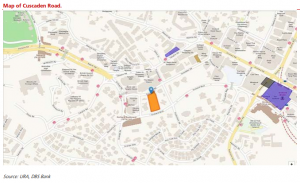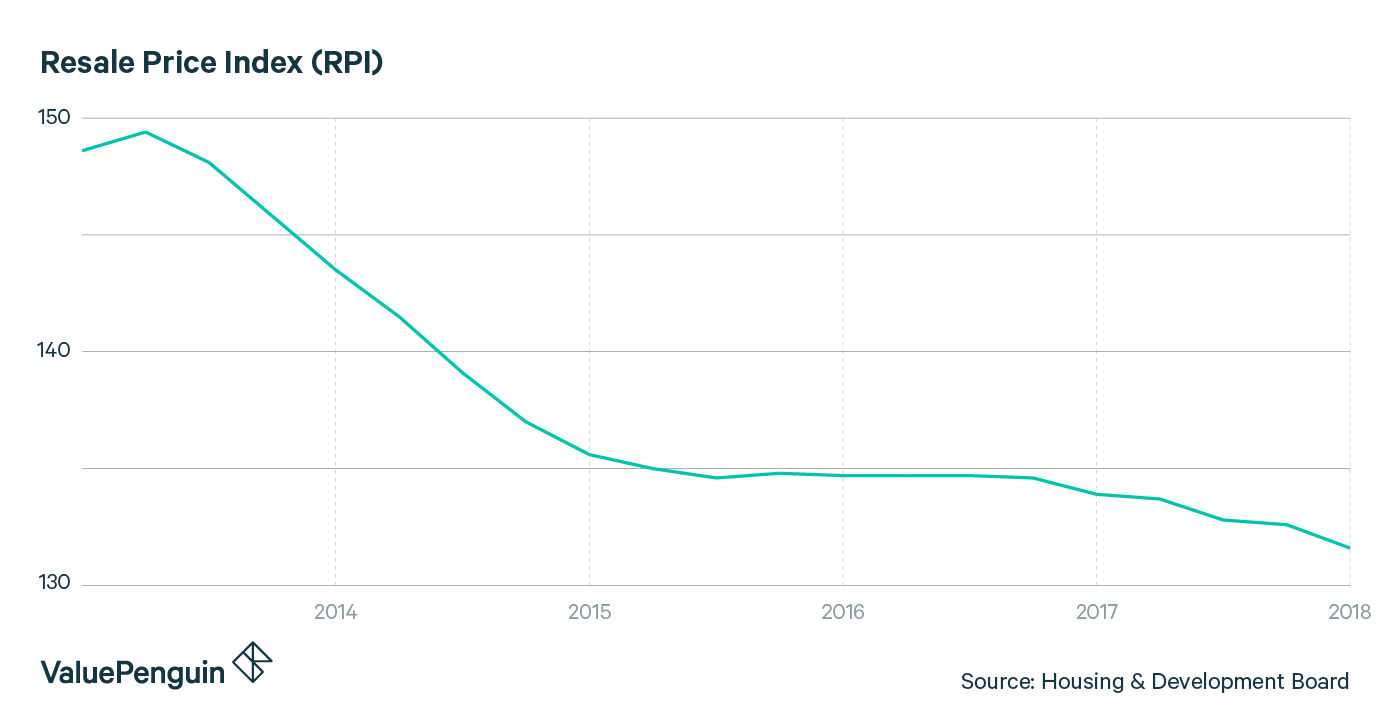The untimely death of Private (PTE) Lee Han Xuan Dave gripped headlines after the Ministry of Defense revealed that the 19-year-old passed away on Monday. PTE Lee died after being kept for 12 days in the Intensive Care Unit at Changi General Hospital, where he was admitted after he collapsed due to heat exhaustion following an 8km fast march in Bedok Camp.
The family members of PTE Lee are demanding that the authorities release a full, public explanation of what happened to PTE Lee, after a letter by an anonymous soldier detailing what allegedly happened that night began circulating online.
The author of the viral letter claims that Lee was “forced” to complete the fast march even though he showed clear signs of severe heat exhaustion. The alleged soldier also claimed that “the commanders did not follow the proper protocol for a soldier in heat exhaution” and “to add insult to injury, the sergeants were just surrounding him, talking cock and laughing and cracking jokes around him, obviously thinking the soldier is trying to keng.”
Another netizen, Facebook user Joel Goh, asserted that he “completely believed” the allegations made in the anonymous letter based on his experiences in the Singapore Armed Forces.
Goh, who served as a Guardsman during his time in National Service, said that he had the same experience while he served as an NSF. Goh alleged that NSFs posted to the Guards who are genuinely ill received less rest than those who were not ill, as their superiors believe they were just malingering to get out of doing work.
These superiors, sergeants who are usually barely a year older than their charges, not only forced the sick to participate in strenuous activities and worsen their conditions, they also treated their charges with extreme derision, according to Goh.
Goh wrote that what started as a fever during his time as an NSF became a painful knee cartilage tear after he was forced to carry a heavy metal boat by hand with three others who were also sick.
Despite receiving a hospital certificate that showed that he had torn his meniscus and even though he experienced great pain with even the smallest steps, Goh allegedly “had to participate in change parades (which we understood to be illegal in the SAF) — “tekan” sessions in which we had to run up and down the stairs repeatedly to change into different attires in quick succession.”
Not only that, Goh “had to do a 1km march in the jungle in full battle order, which means trekking through uneven ground while carrying a huge heavy bag, rifle, etc. I had to participate in an enplaning and deplaning exercise on a helicopter, which involved running through the jungle to board and disembark from a helicopter. I had to “help out” everyday BEFORE AND AFTER these exercises because I was part of the “chao keng” gang who were the resources the army uses to do all the “sai kang” (shit work).”
He added: “Among other things, I had to climb steep hills in the Western Catchment Area to plant target boards for a live firing exercise. This meant waking up way earlier than the rest of the platoon to set up those targets, attending the entire live firing exercise with them, and then staying back to remove those target boards long after the rest of the platoon had gone back to sleep.”
Adding that the Medical Officer also treated the NSFs poorly, Goh shared further details of how poorly Guardsmen who were unwell were treated: “Every week, when the platoon was granted the incentive of having a nights off (an evening out from camp during the week), we were told we could not go because we “did not contribute to the platoon”. When we booked out from camp on weekends, we had to book in on Sunday, earlier than the rest of the Platoon, because we were “needed” to help out with administrative tasks – the sergeants made us clean their own offices for them. We were basically the clowns of the platoon.”
Read his post in full here:
There is a post going around about the Guardsman who just died (https://www.facebook.com/cecilia.yeo.165/posts/10156682082464276), and the gross mismanagement involved in his unfortunate demise. From my own time in Guards, I completely believe its contents.
It’s been many years since my stint in the army, and I’ve refrained from talking about this publicly. But reading the post makes me so angry because, while my own experience never reached such an unfortunate result, I had the same experience in Guards. I know there are many good people in Guards, especially at the higher echelons, but it seems like things on the ground have not changed.
The thing about Guards and perhaps other formations is that they are ruled on the ground by kids — 19/20 year old sergeants who are barely a year older than the men they command. Give these boys a little power, and they get drunk with it. Without proper supervision and discipline, things will get out of hand. These are the people I once overheard saying among themselves, “Honestly ah, I hope we can have war soon. We already train so hard ah, I really hope got war, so we can put what we learn to use leh”.
This was my personal experience: It all started with just a fever. I had a fever and had to rest in the bunk on “light duties only” status. Guys on “light duties only” status were required to help with administrative tasks. That may be understandable. But do you know what I had to do that day? Carry a very heavy METAL boat, by hand, with 3 other people who were unwell. It was a boat which could sit 6 men, I think. My superiors knew I was having a fever. While carrying that damn boat, in my feverish state, I twisted my leg and got a meniscus tear in the knee. I got a hospital certificate for my meniscus tear, and awaited a medical board review of my PES status. All my superiors knew about my situation, but everyone talked about it as if I just “chao keng” (malingered). Everything in Guards is just “chao keng”. Even when you have a medically certified meniscus tear which gives you a sharp pain in the knee with every single step you take. There were a few other guys in a similar situation as me in my platoon. To our superiors, all of us were just “chao keng”. One of my platoon mates went to see the Medical Officer, Doctor Malcolm Tan (a man I shall never forget) for a diagnosis for night blindness. He told my platoon mate to “fuck off”. I completely believe my platoon mate. I myself had been told by Dr Malcolm Tan to “get out of [his] room!” once when I gave him a medical certificate to endorse. I instinctively left the room. Then I immediately turned around, knocked the door, and went in again. I asked him if he will take personal responsibility if anything happened to me during the period covered by my MC. He stared at me as if I was asking for a slice of his liver. He snatched my MC, endorsed it, and threw it on the floor. “Take it and get out of my sight”, he said.
But I digress. During the period I had a meniscus tear, I continued to be required to do most of the things the rest of the platoon did. My superiors said that this was because my PES status was under review and hadn’t changed yet. With a torn meniscus, I had to participate in change parades (which we understood to be illegal in the SAF) — “tekan” sessions in which we had to run up and down the stairs repeatedly to change into different attires in quick succession. I had to do a 1km march in the jungle in full battle order, which means trekking through uneven ground while carrying a huge heavy bag, rifle, etc. I had to participate in an enplaning and deplaning exercise on a helicopter, which involved running through the jungle to board and disembark from a helicopter. I had to “help out” everyday BEFORE AND AFTER these exercises because I was part of the “chao keng” gang who were the resources the army uses to do all the “sai kang” (shit work). Among other things, I had to climb steep hills in the Western Catchment Area to plant target boards for a live firing exercise. This meant waking up way earlier than the rest of the platoon to set up those targets, attending the entire live firing exercise with them, and then staying back to remove those target boards long after the rest of the platoon had gone back to sleep. The people who are unwell in Guards are the people who end up getting the least rest.
All that horrendous mismanagement aside, the sergeants made special effort to strip us of our dignity. We were made to clear the rubbish bins everyday. Once, while walking up the stairs, a sergeant ate a sweet and threw the wrapper IN MY FACE, saying “you guys throw our rubbish for us everyday anyway HAHAHA” and walked away. The sergeants made every medical condition sound like a joke, always insinuating that they were all just a pretence, or that we were weak, or that we were somehow lacking in masculinity. We were called countless names. Every week, when the platoon was granted the incentive of having a nights off (an evening out from camp during the week), we were told we could not go because we “did not contribute to the platoon”. When we booked out from camp on weekends, we had to book in on Sunday, earlier than the rest of the Platoon, because we were “needed” to help out with administrative tasks – the sergeants made us clean their own offices for them. We were basically the clowns of the platoon. Of course if all this happened to me now, I would say a big Fuck Off to those people. But when you are 18 years old, compelled by the force of the State to serve, and repeatedly reminded that you will be sent to the Detention Barracks for insubordination if you even tried, the only thing you do is bite your tongue and say “Yes, Sergeant”.
Ours is a conscription army — none of us ever had a choice whether to serve or not. I had enlisted at BMTC with reservations about NS. My short stint at Guards left me without a doubt as to what I feel towards this institution (regardless of my thoughts on its necessity). Thankfully, I got posted out from Guards after those few months, but the experience I described above is not something one can forget. Many friends talk about their NS experience in positive terms. I usually just keep silent whenever they do that — it’s impossible to explain why I hated NS without sounding like a petty or lazy person, unless I go the whole way to explain the full extent of the injustice and indignity I had to experience in those months. In our alpha male culture engendered by NS, complaining about NS is often derided as inadequacy of some sort. I have no doubt that those friends of mine had a positive experience in NS, especially if they were officers. I’ve attended commission parades before and was amazed at how much pomp is involved and how much resources are expended just to dignify their status. It’s ridiculous how different our experiences have to be — at the end of the day, aren’t we all just here to serve our country?
https://www.facebook.com/joelgohch/posts/813949062149243
















